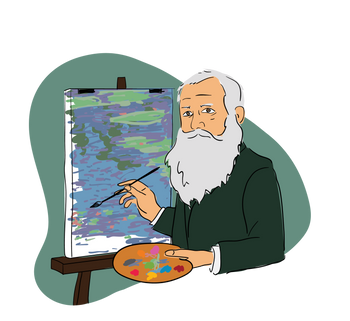L'œuvre en bref
As a point of no return, Gas by Edward Hopper exposes a boundary between the visible and the invisible, delimited by the road that plunges into absolute darkness. The forest becomes an imperceptible and disquieting force that overflows the picture and only stops at the border of the petrol station: a symbol of industrialisation.
Its neutral and formal representation eliminates all temporality, so that the modern world is reassuring because of its artificial clarity and the familiar figure that man embodies. Yet reduced to a subordinate performing his last tasks, he ultimately appears no less disconcerting than the disquieting nature that encircles the viewer and from which no escape seems possible.
Want to buy another Edward Hopper painting? Discover all our reproductions of this artist.
Comparez avec l’original
Reproduction of Gas by Edward Hopper


Find out more about our accredited expert
Jean-Sebastien Altmann

Expert in works of art accredited by the National Chamber of Specialised Experts (CNES)
Find out why so many satisfied customers choose Galerie Mont-Blanc for their art purchases.
Click here to watch the video presentation

 370+ avis vérifiés
370+ avis vérifiés










































